Plush animals have been cherished companions for generations, loved by children and adults alike. But what exactly makes a plush animal so special? Beyond their soft, cuddly exterior, plush animals carry emotional value, craftsmanship, and cultural significance. They offer comfort, joy, and sometimes even therapeutic benefits. Whether you’re a collector, a parent, or a business interested in manufacturing, understanding what a plush animal truly is can help you appreciate these delightful creatures on a deeper level.
A plush animal is a soft, stuffed toy made from plush fabric and filled with materials like polyester or cotton, designed to be cuddly and comforting. They are crafted with attention to texture, safety, and design to appeal to a broad audience, making them popular gifts, toys, and collectibles worldwide.
Imagine the warm feeling a child gets when hugging their favorite plush toy after a long day. That simple act connects countless people across cultures and ages to the comfort and happiness plush animals provide. Let’s explore the detailed world of plush animals together.
1.What Is a Plush Animal?

A plush animal is a stuffed toy typically made from soft, plush fabric and filled with stuffing materials to give it shape and softness. These toys often resemble animals or fictional creatures and are designed to be cuddly and visually appealing.
- Definition and Characteristics: Plush animals are characterized by their soft outer fabric, often made from synthetic fibers like polyester or natural materials such as cotton blends. Their interiors contain stuffing materials such as polyester fiberfill that provide a fluffy and huggable texture.
- Purpose and Use: Primarily made as toys, plush animals also serve as comforting companions for children and sentimental keepsakes for adults.
- Evolution: Plush animals have evolved from simple stuffed toys to intricate collectibles with detailed designs and sometimes electronic components.
| Merkmal | Beschreibung | Beispiel |
|---|---|---|
| Äußerer Stoff | Soft plush, velour, fleece, cotton blends | Teddy bears, plush rabbits |
| Füllung | Polyester fiberfill, cotton, eco-fills | Keeps plush soft and cuddly |
| Entwurfskomplexität | From simple to highly detailed | Basic animals to licensed characters |
2.Which Materials Are Commonly Used to Make Plush Animals?
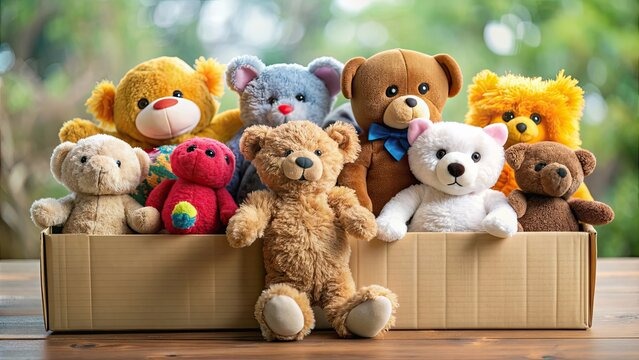
Materials for plush animals vary but generally include soft fabrics for the exterior and fiberfill for stuffing. Eco-friendly alternatives are increasingly popular.
- Outer Fabrics: Plush, velour, fleece, and minky fabrics are widely used, chosen for softness, durability, and appearance.
- Stuffing Materials: Most plush toys use polyester fiberfill, but alternatives include organic cotton, wool, and recycled polyester to meet sustainability goals.
- Sustainability Trends: As environmental concerns grow, manufacturers adopt eco-friendly fabrics and fillings, reducing the environmental impact without sacrificing quality.
| Material Typ | Common Uses | Umweltverträgliche Optionen |
|---|---|---|
| Plüsch-Stoff | Soft outer surface of plush toys | Organic cotton plush, recycled polyester |
| Polyester-Faserfüllung | Traditional stuffing material | Recycled polyester fiberfill |
| Natural Fillings | Wool, cotton for sustainable stuffing | Certified organic cotton |
3.How Are Plush Animals Manufactured?
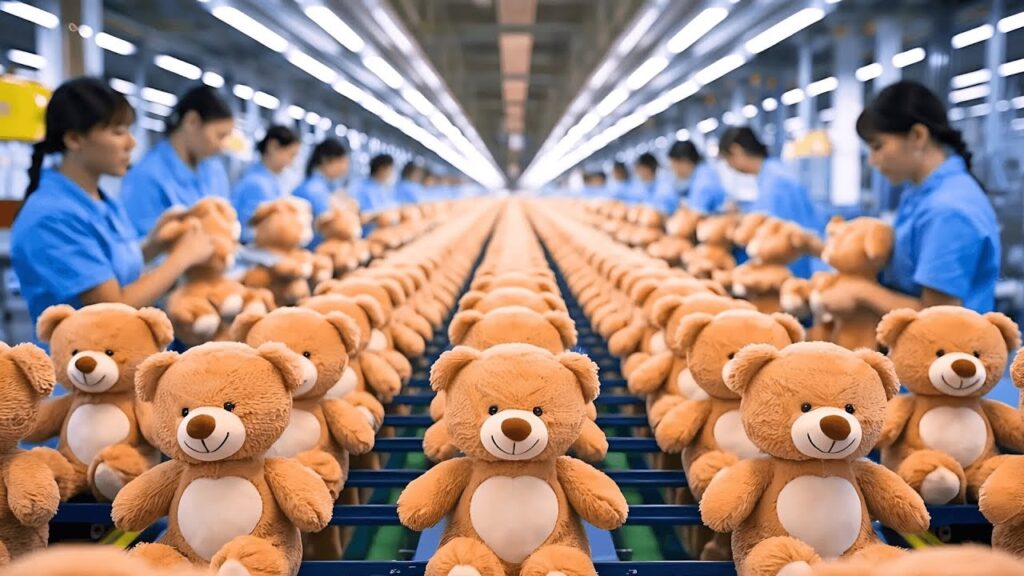
The manufacturing process of plush animals involves design, fabric cutting, sewing, stuffing, assembly, and quality control to ensure safe, high-quality toys.
- Design and Prototyping: Using sketches and CAD software, designers develop prototypes to refine size, shape, and features.
- Fabric Cutting: Automated machines cut fabric pieces precisely to ensure uniformity.
- Sewing and Assembly: Skilled workers or machines sew pieces together, leaving openings for stuffing.
- Stuffing: Fiberfill is inserted and evenly distributed to achieve the desired softness and shape.
- Final Touches: Details like eyes, noses, and accessories are added, often by hand.
- Quality Control: Every plush toy undergoes inspection for stitching strength, safety compliance, and overall quality.
| Manufacturing Stage | Key Activities | Qualitätskontrollen |
|---|---|---|
| Entwurf & Prototyping | Concept, CAD modeling, sample making | Prototype review and testing |
| Schneiden von Stoffen | Automated or manual cutting | Precision and pattern matching |
| Sewing & Assembly | Stitching fabric pieces | Seam strength, alignment |
| Füllung | Filling with polyester or alternative | Uniformity, firmness check |
| Final Assembly | Adding features and packaging | Safety standards, visual checks |
4.Do Plush Animals Serve Purposes Beyond Toys?
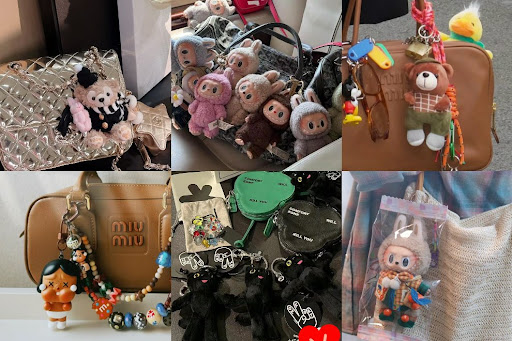
Yes. Plush animals are used in therapy, as collectibles, in cultural ceremonies, and as marketing tools, extending their significance beyond simple playthings.
- Therapeutic Uses: Hospitals and therapists use plush toys to comfort children and adults during stressful experiences.
- Collectibles: Adults often collect limited edition plush animals as valuable memorabilia.
- Cultural Roles: In some cultures, plush animals symbolize luck or protection and are part of celebrations or rituals.
- Marketing and Branding: Companies use customized plush animals for promotions and brand identity.
| Zweck | Beschreibung | Example Usage |
|---|---|---|
| Therapy | Emotional support in healthcare | Plush toys in pediatric wards |
| Sammlerstücke | Memorabilia and limited editions | Disney plush collections |
| Cultural Significance | Symbols or gifts in festivals | Plush mascots during holidays |
| Branding | Customized promotional items | Company logos on plush toys |
5.Are There Different Types of Plush Animals? Which Ones Are Most Popular?
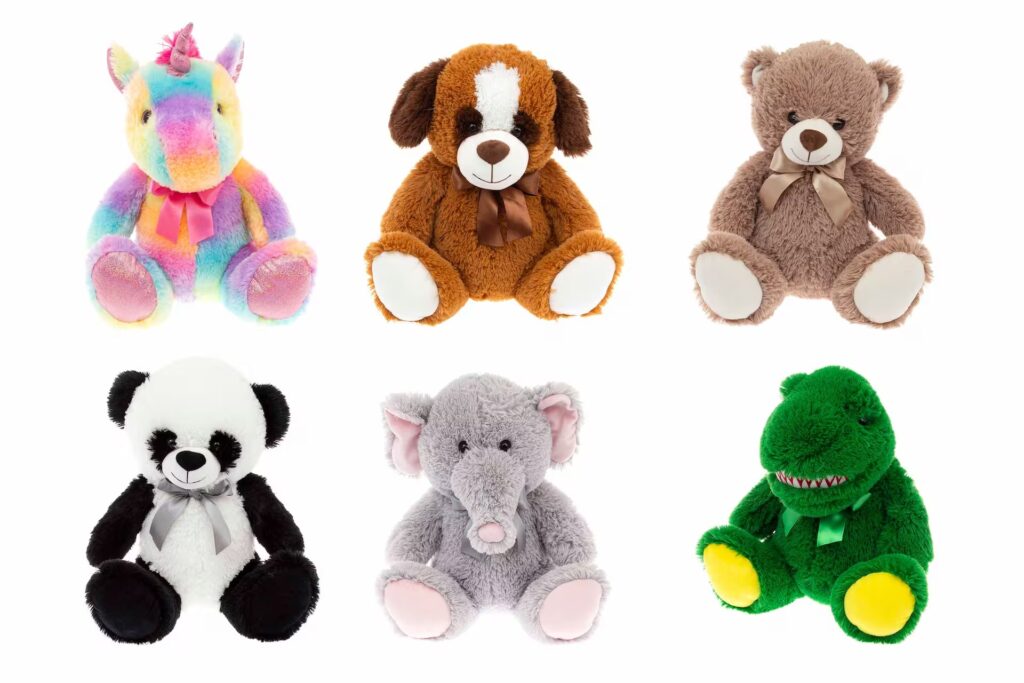
Plush animals range from classic teddy bears to fantasy creatures and realistic animal replicas, each with unique appeal.
- Classic Teddy Bears: Timeless symbols of comfort and childhood, universally beloved.
- Fantasy Creatures: Unicorns, dragons, and mythical beings popular with imaginative children and collectors.
- Realistic Animals: Dogs, cats, wildlife figures that appeal to animal lovers and educational markets.
- Licensed Characters: Plush toys based on popular media franchises, hugely popular with fans of all ages.
| Typ | Merkmale | Popularity Context |
|---|---|---|
| Teddybären | Soft, cuddly, traditional | Gift-giving, comfort |
| Fantasy Creatures | Colorful, imaginative, magical | Trendy, collectors |
| Realistic Animals | Detailed, lifelike | Educational, pet substitutes |
| Lizenzierte Charaktere | Based on movies, games, cartoons | Fans and collectors |
6.How Do Plush Animals Impact Emotional Well-being?
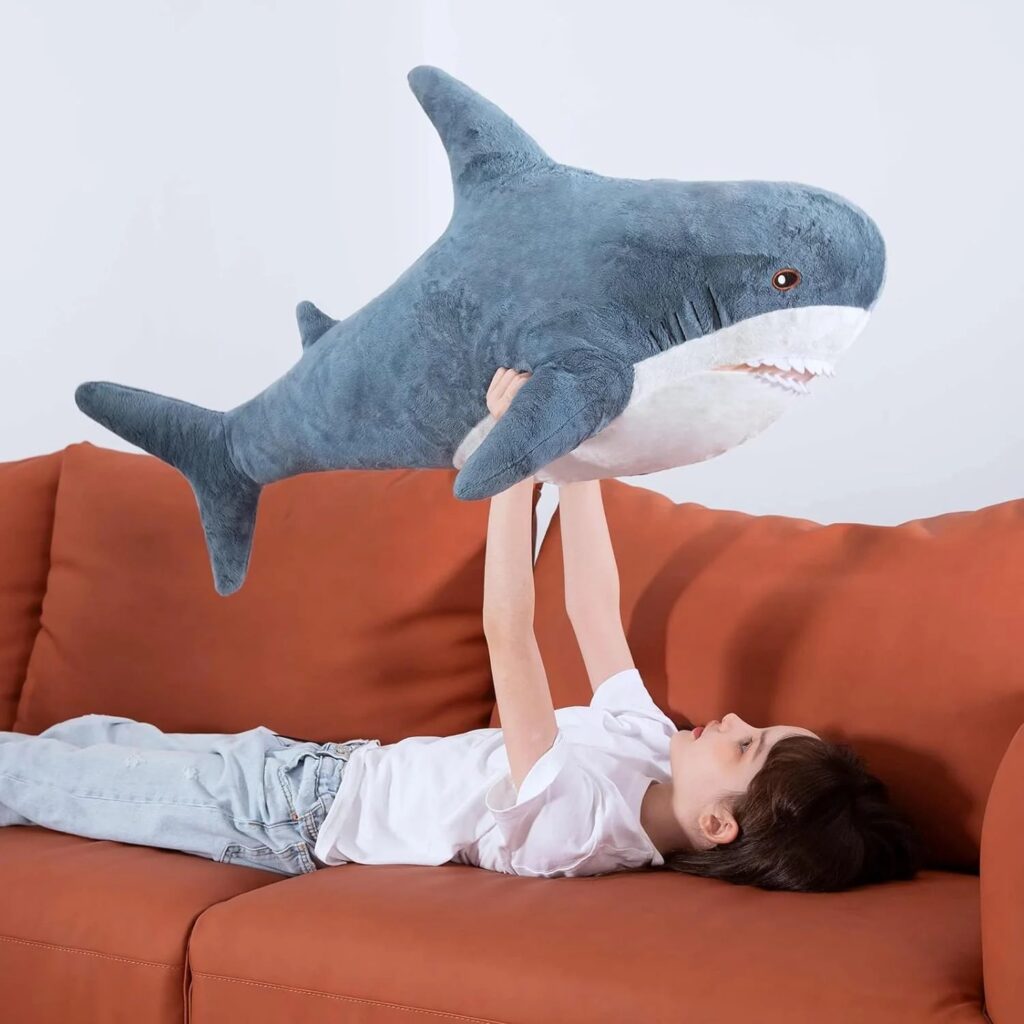
Plush animals provide comfort, reduce anxiety, and support emotional development in both children and adults.
- Comfort and Stress Relief: The tactile softness soothes stress and promotes relaxation.
- Emotional Support: Plush toys help express feelings, especially in children or those with anxiety disorders.
- Developmental Benefits: Encourages nurturing behaviors and imaginative play, which support mental health.
| Emotionaler Nutzen | How Plush Animals Help | Target Groups |
|---|---|---|
| Stress Reduction | Soothing texture and familiarity | Children, adults |
| Emotional Outlet | Non-verbal expression through play | Kids, therapy patients |
| Development Support | Encourages nurturing and creativity | Preschoolers, young children |
7.What Makes a High-Quality Plush Animal?
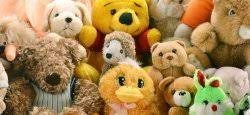
Quality plush animals stand out through superior materials, craftsmanship, safety compliance, and thoughtful design.
- Materials: High-grade, soft fabrics and hypoallergenic stuffing improve durability and comfort.
- Craftsmanship: Even stitching, securely attached features, and attention to detail prevent hazards and prolong lifespan.
- Safety Standards: Compliance with global toy safety standards (ASTM, EN71) ensures suitability for children.
- Design: Realistic or stylized designs that appeal visually and emotionally to the target audience.
| Quality Aspect | Indicators | Bedeutung |
|---|---|---|
| Qualität der Materialien | Softness, durability, non-toxicity | Comfort and safety |
| Handwerkliches Können | Tight seams, secure eyes and nose | Longevity and hazard prevention |
| Einhaltung der Sicherheitsvorschriften | Certifications like ASTM, EN71 | Regulatory approval |
| Design Aesthetics | Appeal to target market | Market success and engagement |
8.How Can Plush Animals Be Customized for Different Markets?
Customization offers businesses the flexibility to tailor plush animals by size, color, branding, and packaging to meet diverse market needs.
- Size Variations: From small keychain plushies to large huggable toys, size impacts market appeal.
- Color and Material Choices: Brands can select colors and fabrics aligned with themes or sustainability goals.
- Branding: Embroidery, tags, and packaging can be personalized to strengthen brand recognition.
- Special Features: Adding sounds, scents, or interactive elements caters to niche markets.
| Customization Type | Beispiele | Market Application |
|---|---|---|
| Size | Mini plush keychains to jumbo bears | Gift shops, promotional items |
| Color & Fabric | Pastels, vibrant hues, organic cotton | Eco-conscious brands |
| Branding | Logo embroidery, custom tags | Corporate gifts |
| Special Features | Sound modules, scented plush | Children’s toys, collectibles |
Plush animals are so much more than toys — they are carriers of comfort, emotion, and joy. Understanding their materials, manufacture, and impact helps appreciate their value in our lives and markets. Whether you want to develop a new plush line or customize products for your brand, Kinwin is here to bring your ideas to life with quality, sustainability, and innovation.
Reach out to Kinwin today to discuss your plush animal project. Let’s create lovable, high-quality plush animals that captivate hearts worldwide.
Visit Kinwin and request your personalized quote now!




